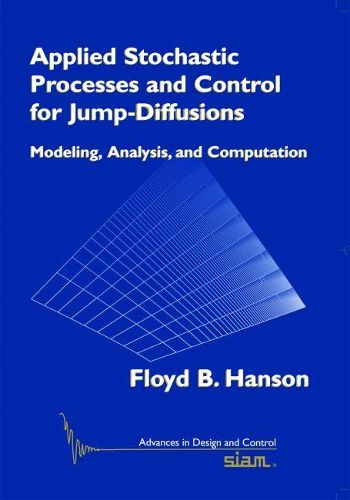Readings Newsletter
Become a Readings Member to make your shopping experience even easier.
Sign in or sign up for free!
You’re not far away from qualifying for FREE standard shipping within Australia
You’ve qualified for FREE standard shipping within Australia
The cart is loading…






This self-contained, practical, entry-level text integrates the basic principles of applied mathematics, applied probability, and computational science for a clear presentation of stochastic processes and control for jump diffusions in continuous time. The author covers the important problem of controlling these systems and, through the use of a jump calculus construction, discusses the strong role of discontinuous and nonsmooth properties versus random properties in stochastic systems. The book emphasises modelling and problem solving, and presents sample applications in financial engineering and biomedical modelling. Computational and analytic exercises and examples are included throughout. While classical applied mathematics is used in most of the chapters to set up systematic derivations and essential proofs, the final chapter bridges the gap between the applied and the abstract worlds to give readers an understanding of the more abstract literature on jump diffusions. Appendices are available on the book’s supplementary Web page.
$9.00 standard shipping within Australia
FREE standard shipping within Australia for orders over $100.00
Express & International shipping calculated at checkout
This self-contained, practical, entry-level text integrates the basic principles of applied mathematics, applied probability, and computational science for a clear presentation of stochastic processes and control for jump diffusions in continuous time. The author covers the important problem of controlling these systems and, through the use of a jump calculus construction, discusses the strong role of discontinuous and nonsmooth properties versus random properties in stochastic systems. The book emphasises modelling and problem solving, and presents sample applications in financial engineering and biomedical modelling. Computational and analytic exercises and examples are included throughout. While classical applied mathematics is used in most of the chapters to set up systematic derivations and essential proofs, the final chapter bridges the gap between the applied and the abstract worlds to give readers an understanding of the more abstract literature on jump diffusions. Appendices are available on the book’s supplementary Web page.